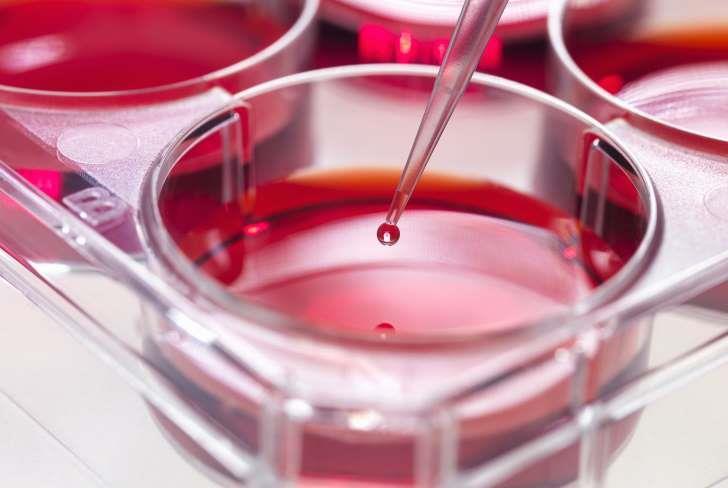April 24, 2015
Biologists in China reported carrying out the first experiment to alter the DNA of human embryos, igniting an outcry from scientists who warn against altering the human genome in a way that could last for generations.

Stock image of a sample being added to stem cell cultures.
April 24, 2015
Biologists in China reported carrying out the first experiment to alter the DNA of human embryos, igniting an outcry from scientists who warn against altering the human genome in a way that could last for generations.

Stock image of a sample being added to stem cell cultures.
The study from China appeared last weekend in an obscure online journal called Protein & Cell. In an interview published on Wednesday on the news site of the journal Nature, lead author Junjiu Huang of Sun Yat-sen University in Guangzhou said both Nature and Science had rejected the paper, partly for ethical reasons.
"There have been persistent rumors" of this kind of research taking place in China, said Edward Lanphier, chief executive of California-based Sangamo BioSciences Inc and part of a group of who called last month for a global moratorium on such experiments. "This paper takes it out of the hypothetical and into the real."
The controversial technique is called CRISPR/Cas9, and represents a biological version of a word-processing program's "find and replace" function. Scientists introduce enzymes that first bind to a mutated gene, such as one associated with disease, and then replace or repair it.
At least half a dozen experiments have been planned or are underway using CRISPR on human eggs or embryos to correct genetic defects such as those causing cystic fibrosis or the BRCA1 breast-cancer gene, the MIT magazine Technology Review recently reported.
Scientists warn that altering the DNA of human sperm, eggs, or embryos could produce unknown effects on future generations, since the changes are passed on to offspring. They distinguish this type of so-called germline engineering from that which alters the DNA of non-reproductive cells to repair diseased genes.
"It is too soon to apply these technologies to the human germ line, the inherited DNA, in a clinical setting," said MIT biologist Rudolf Jaenisch, president of the International Society for Stem Cell Research.
Huang's experiments provide evidence of what can go wrong with CRISPR. His team experimented on 86 one-cell human embryos, they reported, all from fertility clinics and, because of chromosomal defects, unable to develop into a baby. Their target was a gene called HBB, which can cause the blood disease beta-thalassemia.
About a dozen embryos did not even survive the genome-editing, the scientists reported.
Of the surviving embryos, many showed "off-target" effects, they reported, meaning genes other than HBB were altered. Other embryos suffered "untoward mutations." Only a handful of embryos contained the healthy DNA meant to repair the defective HBB genes.
"If you want to do it in normal embryos, you need to be close to 100 percent" on target in terms of fixing only the target gene, Huang told Nature News, which reported that four or more groups in China are doing similar experiments. "That's why we stopped."
Science and Nature said their policy is not to comment on publication decisions. Springer, which publishes Protein & Cell and is owned by European private equity firm BC Partners, did not immediately reply to questions about its decision to publish Huang's paper.
Lanphier fears that the call for a moratorium on editing the human germline is being ignored. "This is the first of what may be many papers" on human germline engineering, he said.
Courtesy: Reuters
















































































































